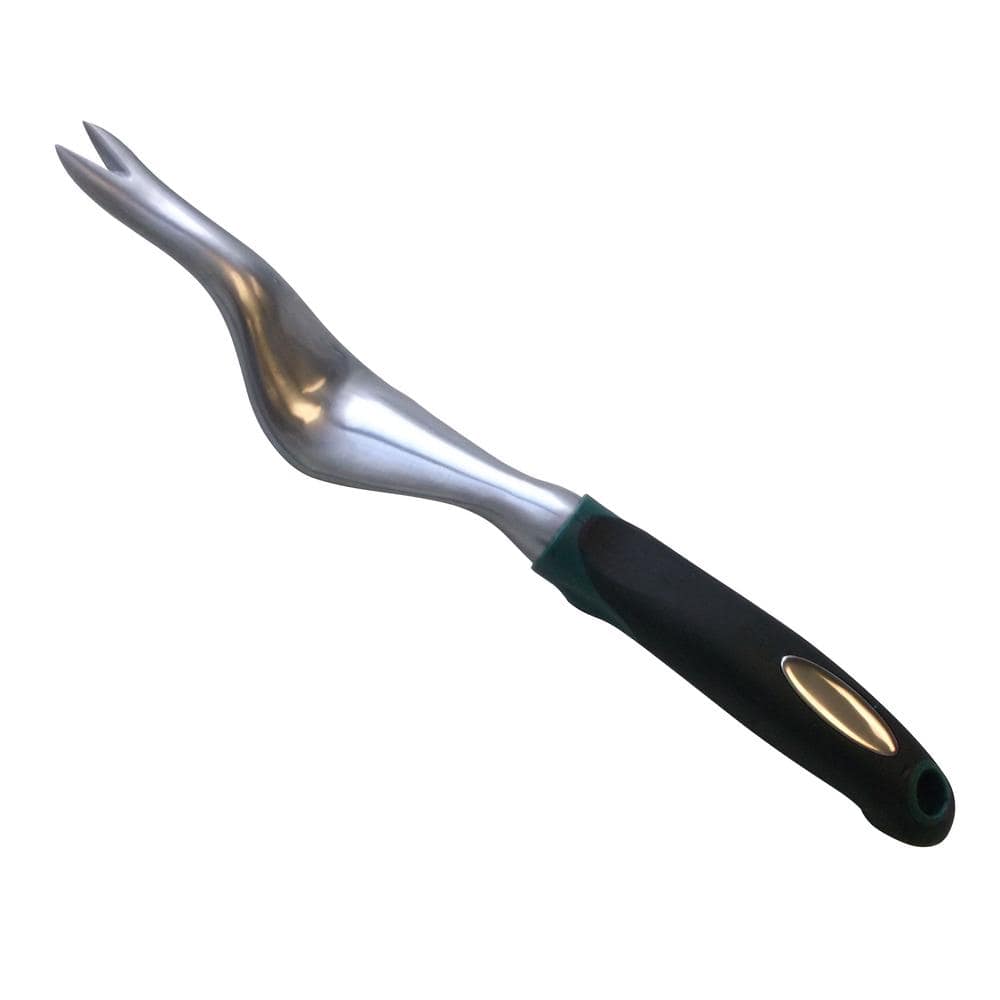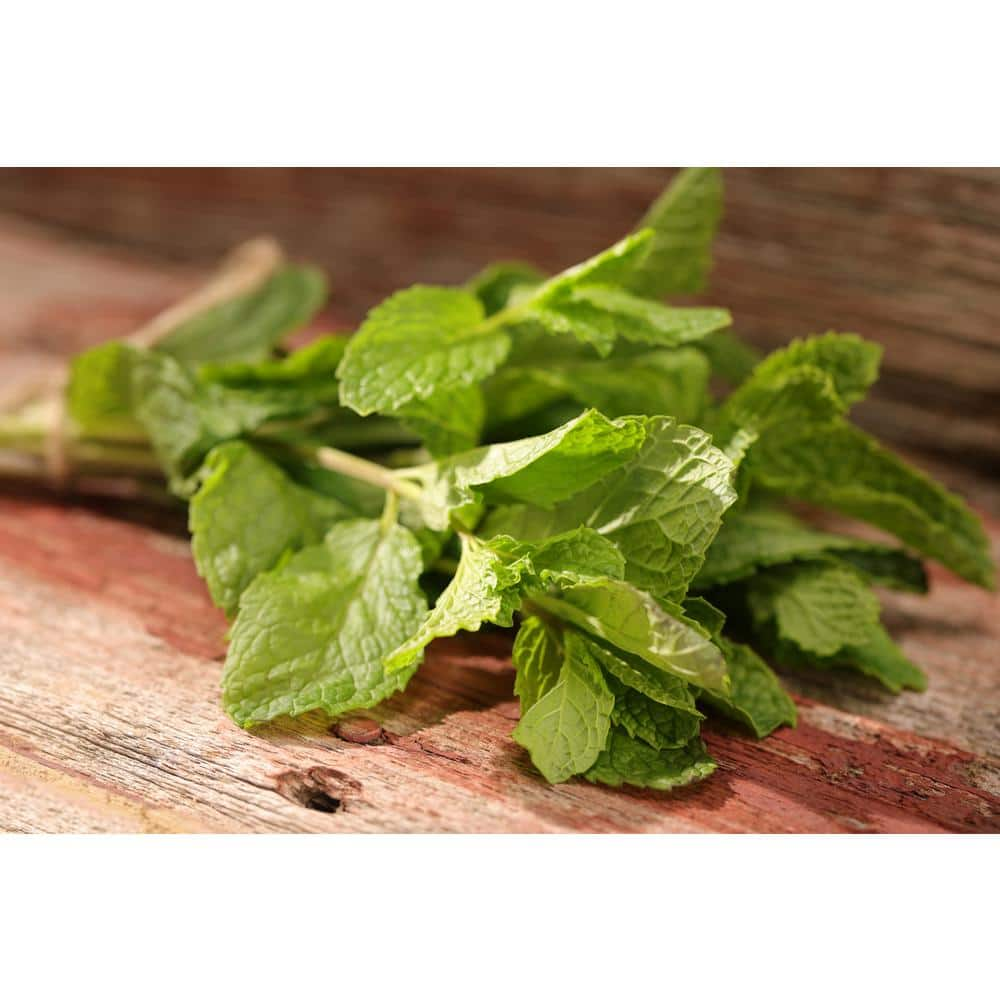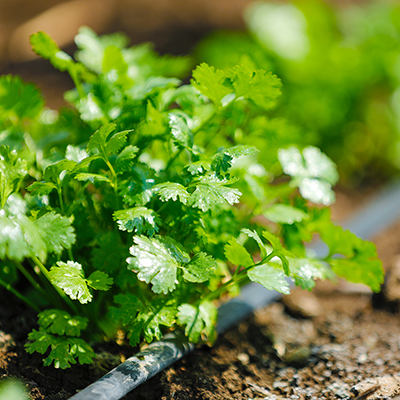How to Grow Lemongrass
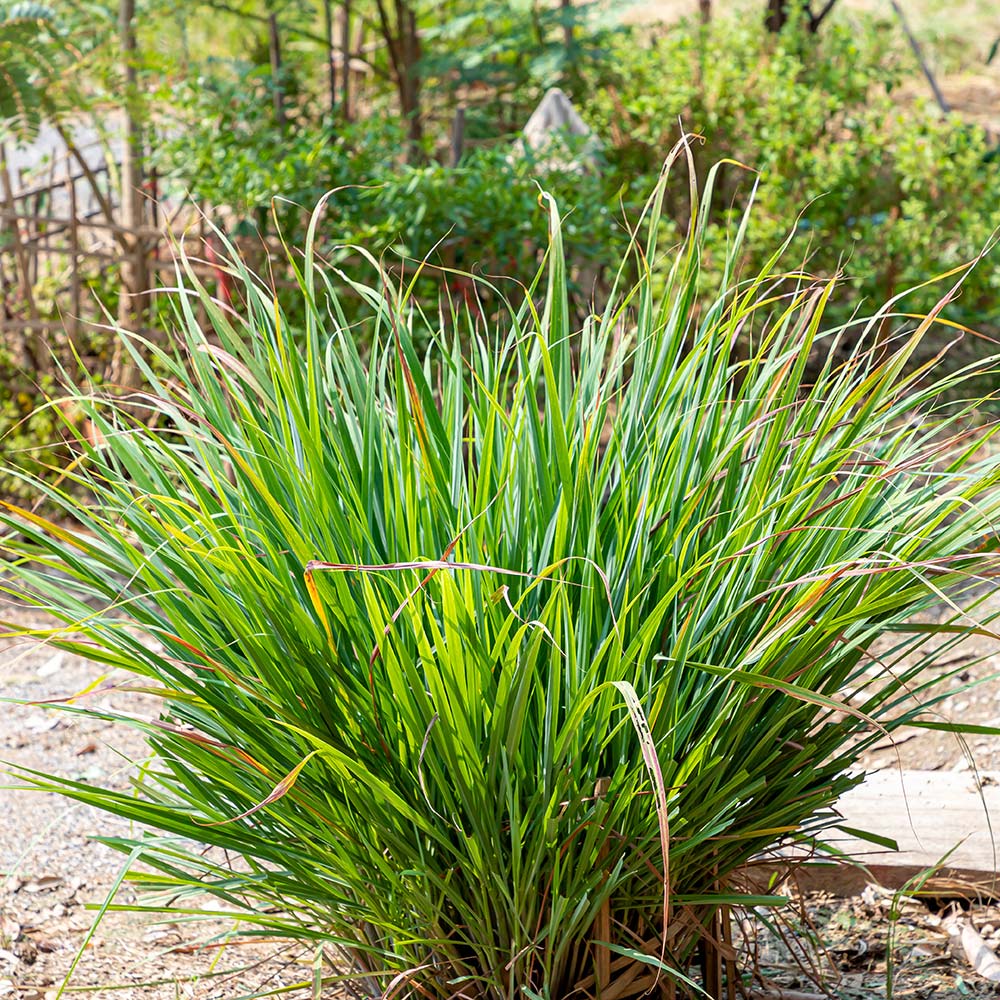
Last updated September 7, 2023
Lemongrass is a tropical grass grown as an ornamental shrub in your garden. It's also a delicious culinary herb in your kitchen.
You can grow lemongrass in your home garden and in patio pots. In this guide, learn how to plant, care for and harvest lemongrass at home.
Table of Contents
Pick a Sunny Site to Grow Lemongrass
Plant Lemongrass in a Planter or in Ground
How to Harvest and Use Lemongrass
How to Care for Lemongrass
Pick a Sunny Site to Grow Lemongrass
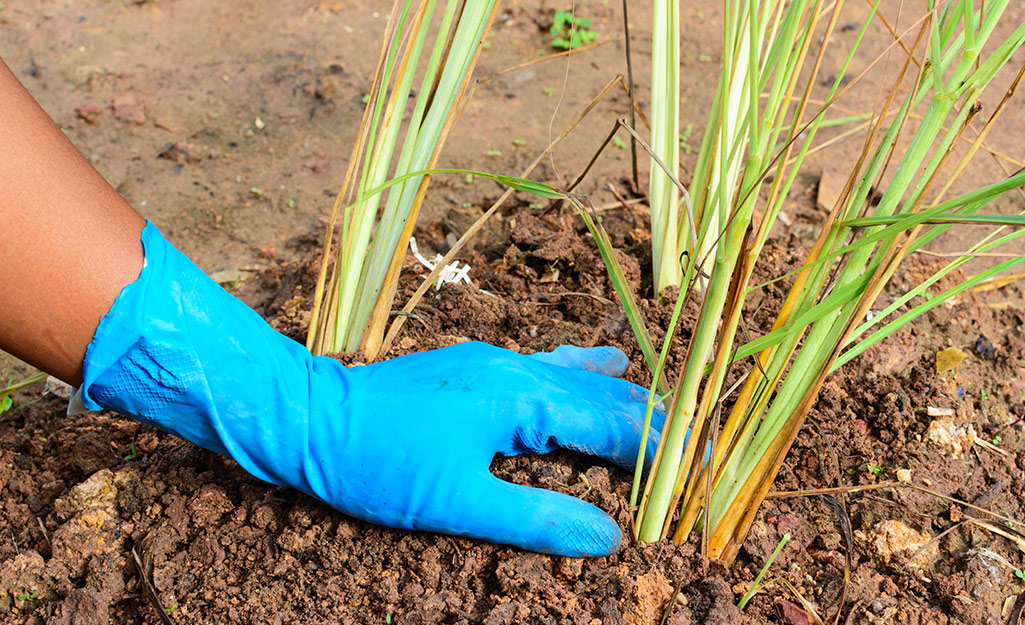
Lemongrass is a tropical, tender perennial plant that grows year-round in zones 9 and 10. Outside those zones, you’ll need to grow lemongrass as an annual.
Choose a full sun site to grow lemongrass. Full sun is 6 to 8 hours of sunlight. Plant in average, well-draining garden soil with a 6.5 to 7.0 pH. If you have clay soil, amend your native soil with organic compost before planting lemongrass.
Plant lemongrass in spring after your area’s last frost date. Check our guide "Understanding First and Last Frost Dates" to determine the best time frame for planting.
Try growing lemongrass in containers. The mature grasses look great around a pool or in corners of a kitchen herb garden. If you live outside zones 9 and 10, trim back the lemongrass and grow it as a houseplant for the winter.
Plant Lemongrass in a Planter or in Ground
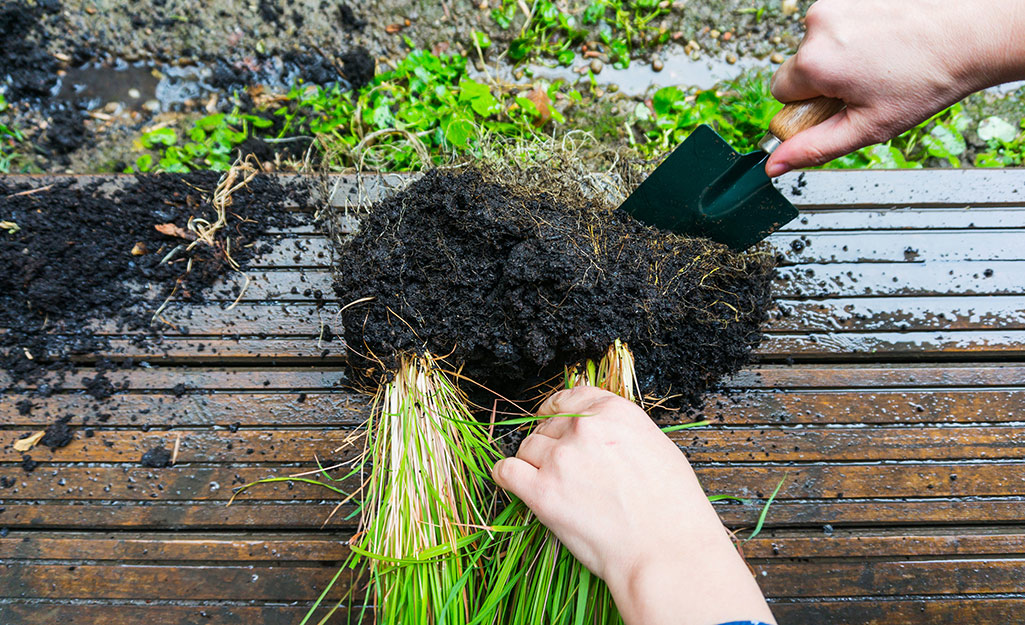
Look for lemongrass plants in spring in the Garden Center. Although they start out small, lemongrass grows quickly. Mature lemongrass plants grow 2 to 3 feet wide and 2 to 4 feet tall. Be sure to give lemongrass plants plenty of room, at least 24 inches from other plants, to grow in your garden.
Plant lemongrass in a full sun site with soil amended with organic compost.
Grow lemongrass in containers that are at least 12 inches in diameter. You can even grow lemongrass in a 5-gallon Homer bucket. Plant with good quality potting mix. Keep in mind that lemongrass grows tall and containers could tip over in high winds. For that reason, it’s a good idea to place pots in areas protected from wind.
Lemongrass needs consistent moisture to get established. This is easy with drip irrigation. If you don’t have drip, water when the top of the soil feels dry to the touch.
After planting, use a water-soluble fertilizer to give the plant a healthy start in your garden.
How to Harvest and Use Lemongrass
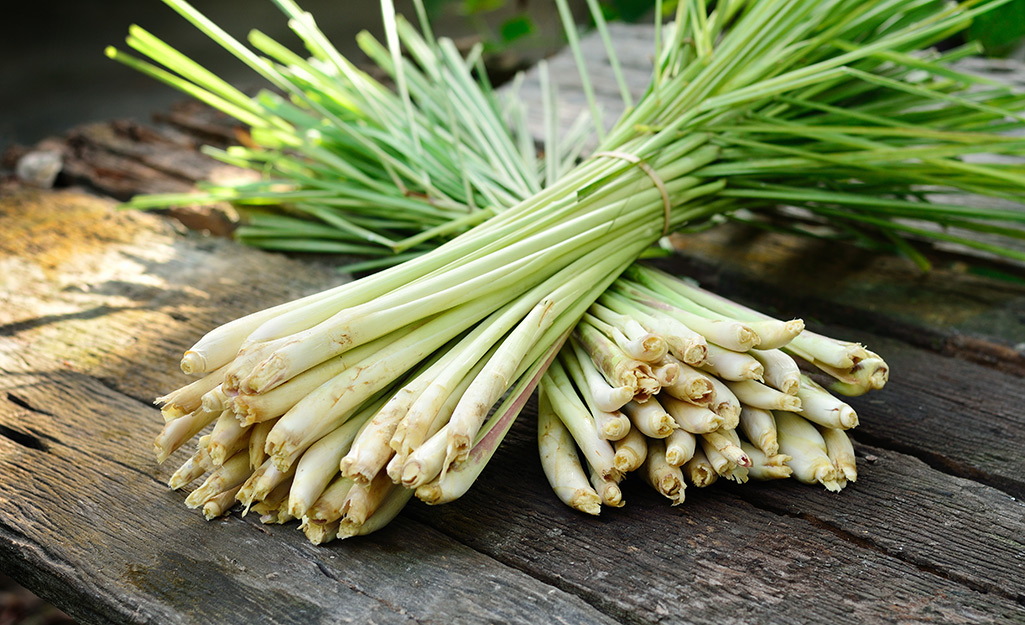
Lemongrass is an essential flavor in Southeast Asian cuisines. Use lemongrass in stir fries, salads and sauces.
Harvest lemongrass when the stalks are 12 inches tall and the stems are 1/2-inch thick. Harvesting is simple. You can cut the leaves and use them to make tea or infuse simple syrup.
Harvest stems by snapping each stalk off at the base. You can also pull clumps of stalks by hand.
With each stalk, peel away the outer layers until you reach the heart. The stalk is woody and pale green. The heart is lighter colored and looks similar to a green onion.
You can use lemongrass hearts right away, or freeze them for later use. They can be chopped or whole before freezing. Before chopping, place the flat blade of your knife against the stem to crush it. This makes it easier to chop the lemongrass.
You can also use a mortar and pestle to crush the lemongrass into a paste.
Freeze lemongrass in airtight plastic bags or containers. It's convenient to break off the portion that you need for your recipe.
You dry lemongrass leaves just like other woody herbs. Just bundle them and hang them upside down in cool dark place until dry. Store dried lemongrass leaves in airtight containers for up to a year.
How to Care for Lemongrass
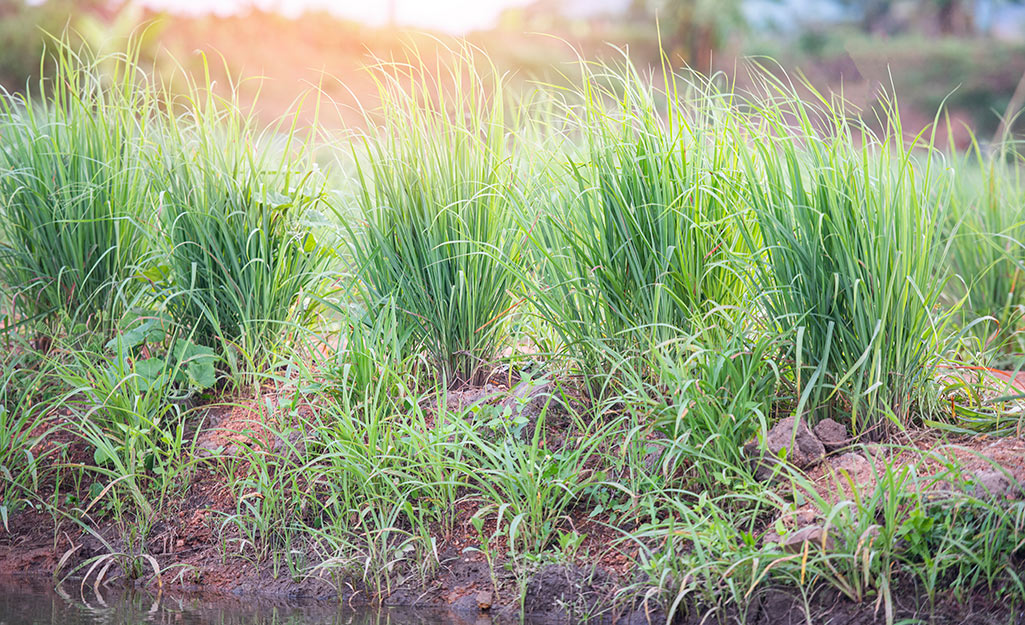
Lemongrass is a pretty resilient plant. It's resistant to many pests and diseases. Some plants can develop rust or early blight. The best treatment is to cut out the diseased part and discard in the trash. To reduce fungal diseases on lemongrass, water plants at the base and not overhead. This practice keeps moisture off the foliage.
You may see spider mites growing on lemongrass if the plant is indoors. Treat with insecticidal soap.
To overwinter lemongrass, dig up a few stalks and plant them in a container filled with potting mix. In your home, select a room with plenty of indirect, bright light. The plants will grow slowly over the winter. Water just enough to keep the soil barely moist.
You can encourage lemongrass to go dormant during the winter. Take a pot of lemongrass, cut down the stalks and place in a cool, dark place like a basement. Water occasionally during the winter and bring outside again in spring.
A third method for overwintering is to take a stalk and place it in a clean glass filled with water. Place the glass in a sunny window. This works well if you have a window over your kitchen sink. Just change the water about once a week throughout winter. In spring, plant the lemongrass stalk in a container filled with soil or in ground.
Grow lemongrass in your garden for its culinary and ornamental uses. Mature lemongrass leaves turn a deep red in fall, making a colorful addition to your fall landscape.
Lemongrass is easy to grow in your home garden. You can grow it in containers or in ground and have plenty of lemongrass to flavor your culinary creations. Whether you need the right planters, herbs or potting soil, The Home Depot delivers
online orders
when and where you need them.



